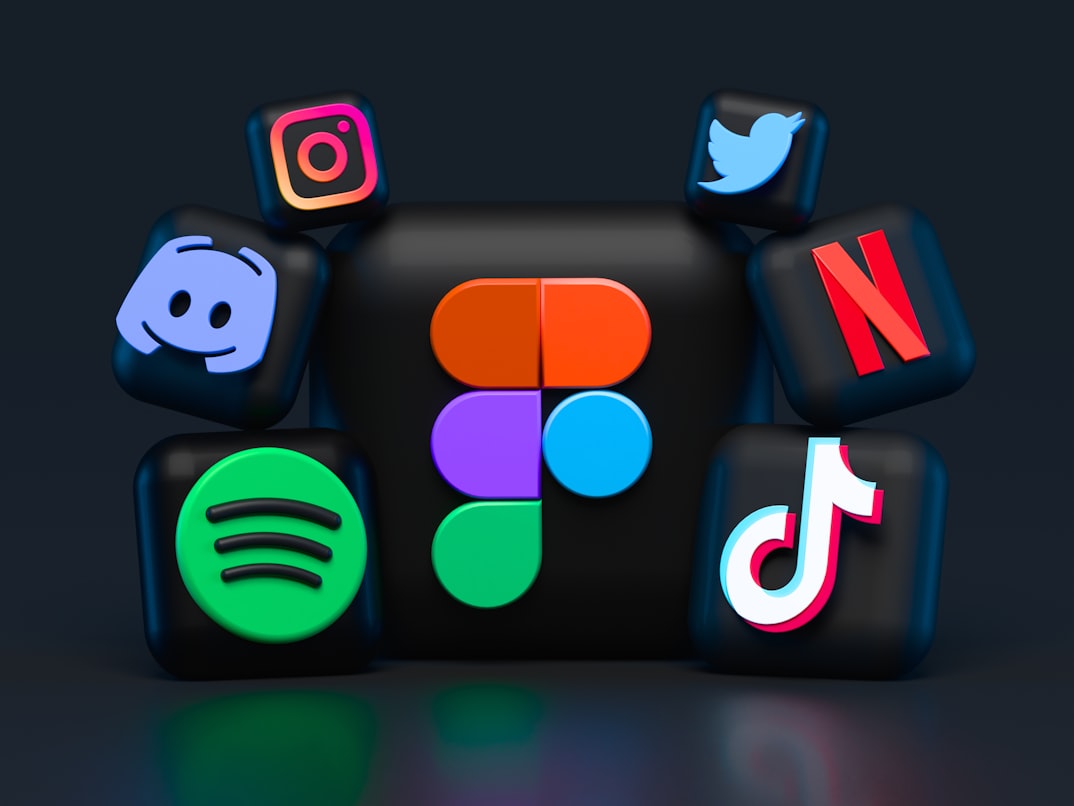📚 Table of Contents
Introduction
Are you looking to turn your YouTube channel into a sustainable income stream by 2026? With the platform evolving rapidly, creators must stay ahead of the curve to maximize their monetization potential. From traditional ad revenue to emerging trends like digital product sales, there are more ways than ever to profit from your content. This guide explores the top eight YouTube monetization strategies that will dominate in 2026, providing actionable insights and real-world examples to help you succeed.
Ad Revenue (YouTube Partner Program)
The YouTube Partner Program (YPP) remains one of the most straightforward ways to monetize your channel. By enabling ads on your videos, you earn revenue based on impressions (CPM) and clicks (CPC). In 2026, expect YouTube to refine its ad algorithms further, prioritizing high-quality, engaging content that retains viewers. Creators who focus on watch time and audience retention will see higher CPM rates, especially in lucrative niches like finance, tech, and business.
For example, a tech reviewer with 500,000 subscribers and an average CPM of $10 could earn $5,000 per million views. However, ad revenue alone is rarely enough—diversification is key. To maximize earnings, optimize your video metadata (titles, descriptions, tags) for better ad targeting and experiment with mid-roll ad placements in longer videos.
Sponsorships & Brand Deals
Sponsorships are a lucrative monetization method where brands pay creators to promote their products or services. In 2026, influencer marketing will become even more data-driven, with brands seeking creators who deliver measurable ROI. Micro-influencers (10K–100K subscribers) often command higher engagement rates, making them attractive to niche advertisers.
For instance, a fitness YouTuber might partner with a supplement company, earning $1,000–$5,000 per sponsored video. To attract sponsors, build a media kit showcasing your audience demographics, engagement metrics, and past collaborations. Always disclose sponsorships transparently to comply with FTC guidelines.
Affiliate Marketing
Affiliate marketing allows creators to earn commissions by promoting third-party products. Amazon Associates, ShareASale, and niche-specific programs (e.g., Shopify for e-commerce) are popular choices. In 2026, expect AI-driven affiliate platforms that match creators with products based on audience behavior.
A travel vlogger, for example, could earn 5–10% commissions by linking to hotel booking sites or travel gear. To succeed, integrate affiliate links naturally into your content—product reviews, tutorials, and “best of” lists work well. Track performance using UTM parameters and focus on high-converting products.
Merchandise & E-Commerce
Selling branded merchandise (e.g., T-shirts, mugs) or dropshipping products is a growing revenue stream. Platforms like Teespring, Printful, and Shopify integrate seamlessly with YouTube. In 2026, expect more creators to leverage print-on-demand and AI-generated designs to reduce upfront costs.
Gaming YouTubers, for instance, often sell hoodies featuring their logo or catchphrases. Promote merch in video end-screens, community posts, and dedicated “shop my merch” videos. Limited-edition drops can create urgency and boost sales.
Channel Memberships & Super Chats
YouTube’s membership feature lets fans pay a monthly fee for exclusive perks like badges, emojis, and members-only content. Super Chats and Super Stickers during live streams also generate direct income. In 2026, interactive live streaming will grow, with creators hosting Q&A sessions, behind-the-scenes content, and virtual meetups.
A cooking channel could offer members early access to recipes or private live cooking classes. To maximize memberships, engage consistently with your community and deliver unique value that justifies the subscription cost.
Crowdfunding & Fan Support
Platforms like Patreon and Buy Me a Coffee allow creators to receive direct support from fans. In 2026, hybrid models (e.g., Patreon + YouTube memberships) will become common. Offer tiered rewards—exclusive videos, shoutouts, or personalized content—to incentivize pledges.
An ASMR artist might offer Patreon supporters ad-free videos or custom relaxation tracks. Transparency about how funds are used (e.g., upgrading equipment) fosters trust and loyalty.
Online Courses & Digital Products
Creators with expertise can sell online courses, eBooks, or templates. Platforms like Teachable, Kajabi, and Gumroad simplify the process. In 2026, AI-powered course creation tools will help automate content generation and student engagement.
A photography YouTuber could sell a Lightroom preset pack or a masterclass on portrait lighting. Promote digital products through lead magnets (free mini-courses) and email marketing to build a buyer pipeline.
Licensing & Content Syndication
Licensing your videos to media outlets, stock footage platforms, or other creators can provide passive income. In 2026, demand for high-quality, niche-specific content will rise. Register with platforms like Jukin Media or Pond5 to monetize your archive.
A drone videographer, for example, could license aerial footage to travel agencies or documentaries. Always retain rights to your content and negotiate fair usage terms.
Conclusion
YouTube monetization in 2026 will reward creators who diversify their income streams and prioritize audience value. Whether through ads, sponsorships, or digital products, the key is to experiment, track performance, and adapt to emerging trends. Start implementing these strategies today to build a sustainable and profitable channel.


Leave a Reply